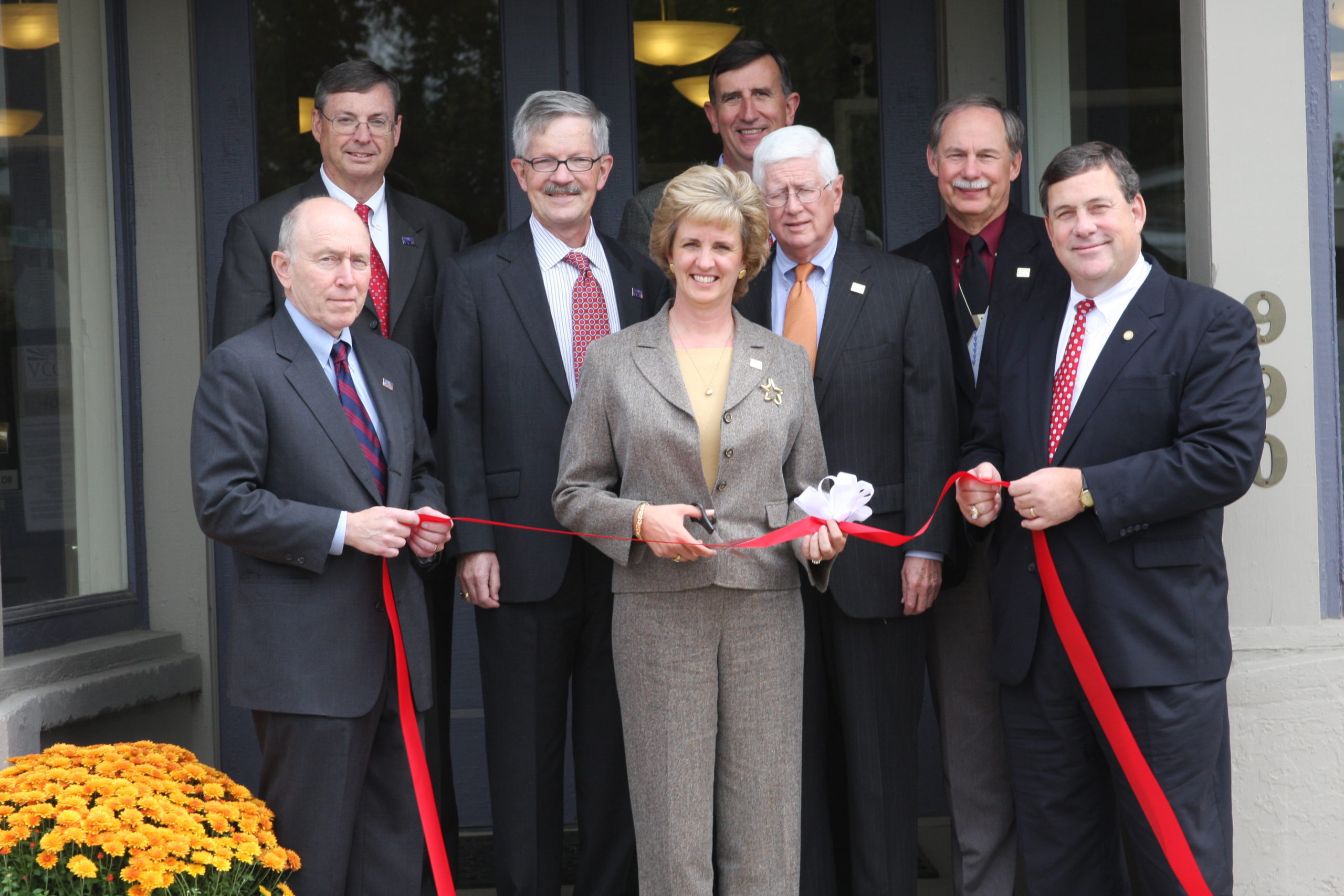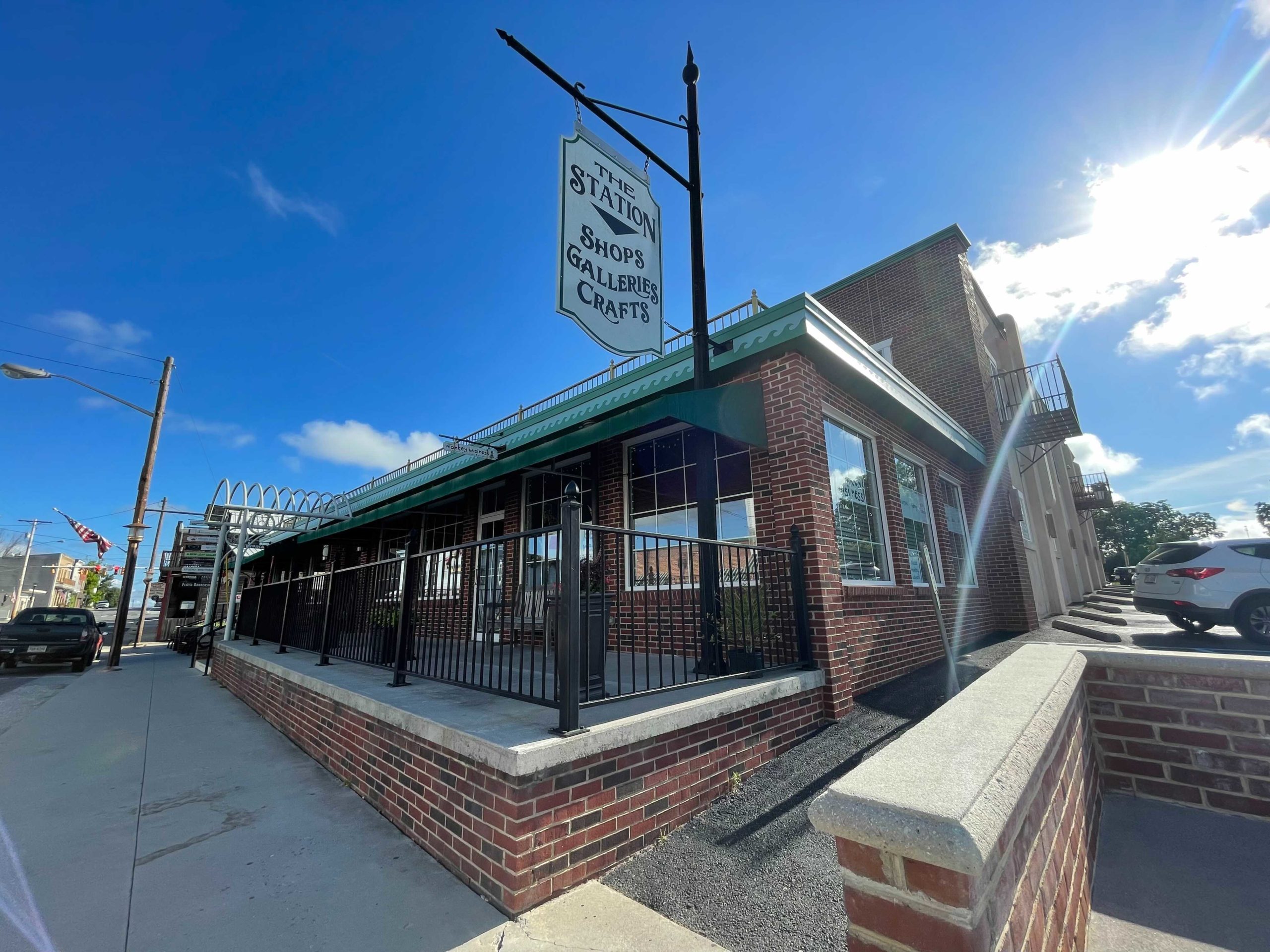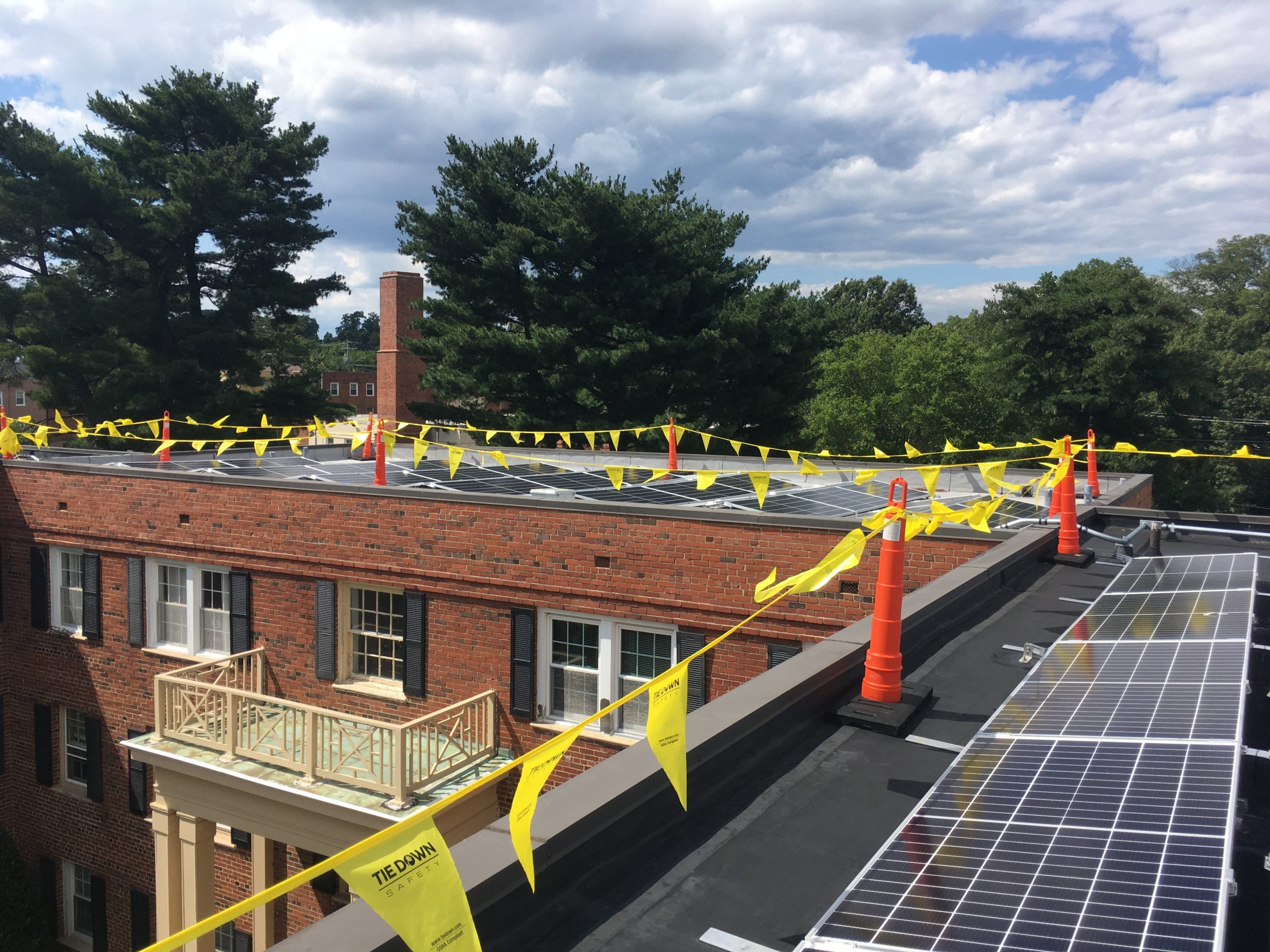Virginia Community Capital (VCC) was first established as a community development financial institution (CDFI) in 2006 with an initial $15 million state-backed investment under Governor Mark R. Warner. With that funding came two requirements: The focus needed to be on economically excluded markets, and a regulated financial institution needed to be formed so that seed investment could be further leveraged to benefit underserved communities across Virginia.
While that may sound straightforward on the surface, the reality is there were no other CDFI banks quite like what VCC wanted to establish. In addition to being a mission-driven institution, it would be a for-profit bank owned by a non-profit, non-shareholder company funded initially by the government. The regulatory approval process was multi-layered and required many trips to Washington, DC, and countless conversations with banking authorities.
Creating the Right Structure & Ensuring Sustainability
To get regulatory approval for a new bank, the team endured thorough reviews by Virginia’s Bureau of Financial Institutions, the Federal Reserve, as well as the FDIC. A major area of concern was around creating the right structure to mitigate state involvement in decision making and the direction of funds. As a result, the board of directors was restructured and rules were put into the articles of incorporation to guide the appointment of committee chairs and members. Government directors would not be allowed to chair committees, control nominations for the board, or serve as chairman. Additional limitations were put in place regarding referrals, as well as the type of loans the bank could participate in with founding members – and in some cases certain situations were even prohibited.
Outside of structure, another hurdle was the absence of shareholders. Regulators were concerned about what would happen if, down the road, VCC Bank needed more financial support to maintain operations. Normally, a holding company would get the funds and downstream it to the bank, but VCC wasn’t set up like that. The team had to do a lot of legwork to assure regulators there were innovative sources of funding, like grants, that would sustain future growth.
Long story short: This was a complicated and tedious process. But the significant time and energy required by many was driven by the potential positive impact on Virginian communities. That was all the motivation needed to keep our eyes on the finish line.

Getting Started
VCC Bank was officially chartered in August 2008 – the last bank chartered in Virginia and the nation before the September 2008 financial crash. Not only was VCC Bank opening its doors with a unique and innovative model, we were doing so in a less than ideal environment. Vital to VCC’s success since the beginning, having the right people with the right expertise and an entrepreneurial spirit made the difference. And each challenge we solved instilled more confidence in the bank’s potential success and impact.
Early wins came with the support of community development projects in Floyd County and other areas in southwest Virginia. At a time when so many other banks were struggling or had to restrict lending, VCC Bank had money to lend and no bad assets. Our mission alignment has allowed us to take risk where others wouldn’t, and we’ve been able to support projects that couldn’t be supported by traditional lending institutions. For a period of time, we were one of a few banks financing affordable housing deals and other non-traditional loans. We are proud we’ve been able to work with some of the most talented and passionate business owners and real estate developers in some of the most vibrant communities in Virginia.

All of this bolstered the viability of VCC Bank and built a trust in our ability to stay financially healthy. It was also a major factor in VCC Bank’s designation as a Certified B Corporation, or B Corp. In a traditional corporation, the business is run solely for the benefit of shareholders. This means that if shareholder value can’t be proven, it is difficult for the corporation to do anything else within their charter’s authority. A B Corp designation, on the other hand, allows corporations to have a broader scope and broader constituencies. It’s not just about the owners; decisions can be made for community benefit. Examples today include companies like Ben & Jerry’s, Stonyfield Organic, Patagonia, and Thrive Market. With the trust VCC Bank earned in its early years, along with a record of good loans and good decisions, we have been able to truly pursue our mission to do good and do more, together.
Delivering on the Mission
Since inception, VCC Bank has been proudly delivering on our mission.
- 11,700 jobs created or retained
- 10,000 affordable housing units financed
- 28 loans addressing food access
- 19 loans supporting healthcare facilities
- 7.6 megawatts of clean energy financed
The impact numbers you see today in VCC’s reporting were made possible by this innovative banking model and the expertise of our talented and dedicated team. As the team likes to say, we’re just getting started.
A Look to the Future
While the path had many twists and turns, if you ask anyone at VCC, we would do it all over again in a heartbeat. Being able to partner with change-makers is a reward like no other, and if anything, the hope is to do even more in the future. How can we be more innovative and continue to leverage our unique, mission-focused structure to provide the flexible financing options truly needed in many historically excluded markets?
Looking at what’s in the pipeline on Capitol Hill, there are even more opportunities to make impact on the horizon. More attention is being paid to the socioeconomic divide, systemic inequities, and the need to work in a more holistic way to truly provide inclusive access to resources and capital. VCC Bank is reimagining the future of community development finance, and we’re ready to do more, together.
Will you join us?
Recent Posts
Clean Energy is for Everyone
It’s hard to read or watch the news without witnessing the impacts of climate change. NASA’s climate change website…
Reimagining Healthy Food Access
A family or individual who is food-insecure lacks access – most or all of the time – to enough nutritious food to live…
Revitalization: A Team Effort
A Need for Innovative LendingFahe is a regional network, financial intermediary, and community development financial…


